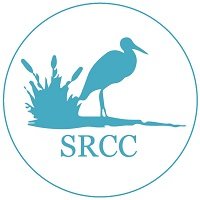Dredging
The Shark River Cleanup Coalition has been at the forefront of advocacy for sediment management and dredging for over 20 years.
The Shark River Cleanup Coalition was instrumental in advocating for the last round of dredging to take place in 2015-2017, including participation in the “Shark River Environmental Roundtable” and related collaborative planning starting in 2015. The SRCC was presented with a joint legislative resolution from the State Senate and Assembly recognizing the SRCC’s efforts. However, only the first phase of proposed dredging plan was completed. Since then, sediment has again filled the navigation channels, and there is noticeable accumulation in musquash cove and the southwestern back bay area.
In 2025, the SRCC continues its leadership in advocacy on this issue by participating in renewed discussion of sediment management and the need for navigation channel dredging - a revitalized “roundtable” to include key stakeholders and decisions-makers from the communities that border the inlet & bay’s shorelines.
Dredging History
Prior to 2015, the most recent maintenance dredging occurred in 1985. In 2012, Superstorm Sandy caused sand, mud, and silt shoaling in the Shark River channel and spur, which severely impacted the navigable channels and negatively affected the commercial and recreational uses of Shark River.
Beginning in November 2015, and continuing through winter 2017, a contractor for NJDOT removed approximately 70,000 cubic yards of material from the Shark River Channels via hydraulic dredging, to return the channels to a state of good repair for the first time in more than 30 years. The $7.6 million project, done in partnership with Monmouth County, Neptune, Neptune City, and Belmar, was completed in phases to comply with federal regulations that prohibit dredging work between January and June 30.

